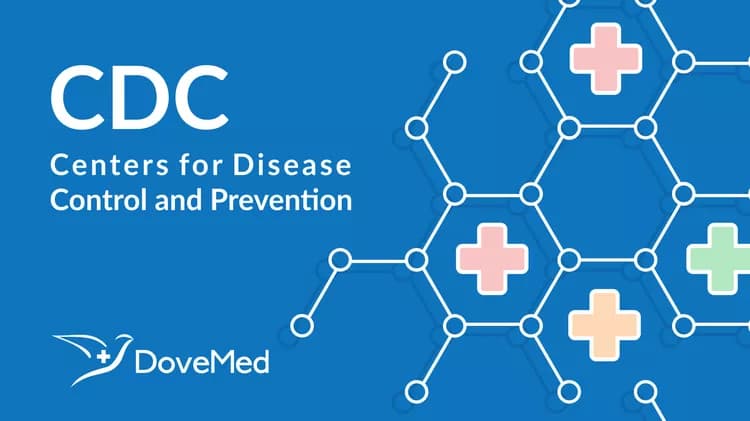
CDC Nowcasting the Spread of Chikungunya in Americas
CDC Nowcasting the Spread of Chikungunya in Americas
New model estimates areas most likely to have had chikungunya activity in previous month
The new website is based on a CDC-developed mathematical model, which was published in the August 11 edition of PLOS One. That article showed that the CDC model accurately predicted eight of the 10 countries where local chikungunya transmission occurred in the first four months after December 2013, when the Caribbean outbreak began. Since then, the model has correctly predicted the likely introduction of chikungunya virus transmission to most locations either before or at the time when the first cases of illness were reported. Local transmission occurs when a mosquito bites someone who is infected with the virus and then, after several days of incubation, bites another person, making the second person sick with the virus.
As the number of chikungunya cases and affected countries increases, so does the probability of the outbreak’s spread in the Americas. For September, the most recent month in the nowcast, the risk of infected travelers arriving in the United States, other locations in the Americas, and Europe remained elevated. The probability of local chikungunya transmission in the southern United States was high, but in other areas in the United States there was a great degree of uncertainty as to whether local transmission might occur. In South American locations south of the equator, the probability of travelers arriving from countries with chikungunya infection was high, but the risk of local transmission remained low for most locations.
By identifying timeframes and locations where chikungunya introduction and spread is likely, the nowcast website gives health officials worldwide insight on the best times to roll out educational and public health outreach efforts for the public and for healthcare providers. Early recognition of chikungunya risk can help public health officials proactively implement prevention, surveillance and response activities.
“We developed this tool to assess how likely chikungunya-infected travelers are to arrive in various cities and how likely it is that local transmission may occur,” said Michael Johansson, Ph.D., a CDC biologist who developed the model. “Anticipating risk is essential for developing and targeting prevention and control recommendations. Our ultimate goal is to help health departments worldwide make informed decisions about how to reduce the impact of chikungunya in their communities.”
Each month, CDC will update the website with the most recent month’s estimates. These estimates are made as a range of probabilities based on different model scenarios. A probability of 0.2 indicates a 20 percent chance of local transmission beginning or of infected travelers arriving and a probability close to 1.0 indicates that the chance is almost 100 percent. Cities with a probability of 10 percent or less will not appear on the website.
The CDC nowcast model does not estimate:
severity of possible local outbreaks,
spread of chikungunya virus from areas outside of the Americas (for instance, cases from Asia),
spread of other mosquito-borne viruses such as dengue virus or West Nile virus, or the impact mosquito prevention activities might have.
Since the outbreak began in December 2013, nearly 750,000 chikungunya cases have been reported in the Caribbean and Central, South and North America. In the United States, 1,200 travelers have imported the virus to the United States, and 11 locally transmitted cases have been reported in Florida as of September 30. The mosquitoes that can transmit chikungunya virus are common in many parts of the Americas, including the United States.
CDC anticipates that the virus will continue to spread to new areas in the Americas. In the United States, CDC experts believe chikungunya will behave like dengue virus. Imported dengue cases have led to small, sporadic local transmission in the continental United States but have not led to widespread outbreaks.
The best way to avoid chikungunya and other mosquito-borne illnesses is to prevent mosquito bites, especially when visiting or living in areas where the virus is circulating. The mosquitoes that spread chikungunya are aggressive daytime biters, so people should cover exposed skin by wearing long-sleeved shirts, long pants, and hats and use insect repellent when they are outside during daytime hours. Those sick with chikungunya should protect themselves from mosquito bites during the first week of illness to reduce the chance of infecting more mosquitoes, which can spread the virus further.
For more information about chikungunya, please visit www.cdc.gov/chikungunya. Click here for information on where chikungunya has been reported in the United States.
###
U.S. DEPARTMENT OF HEALTH AND HUMAN SERVICES.
Related Articles
Test Your Knowledge
Asked by users
Related Centers
Related Specialties
Related Physicians
Related Procedures
Related Resources
Join DoveHubs
and connect with fellow professionals

0 Comments
Please log in to post a comment.